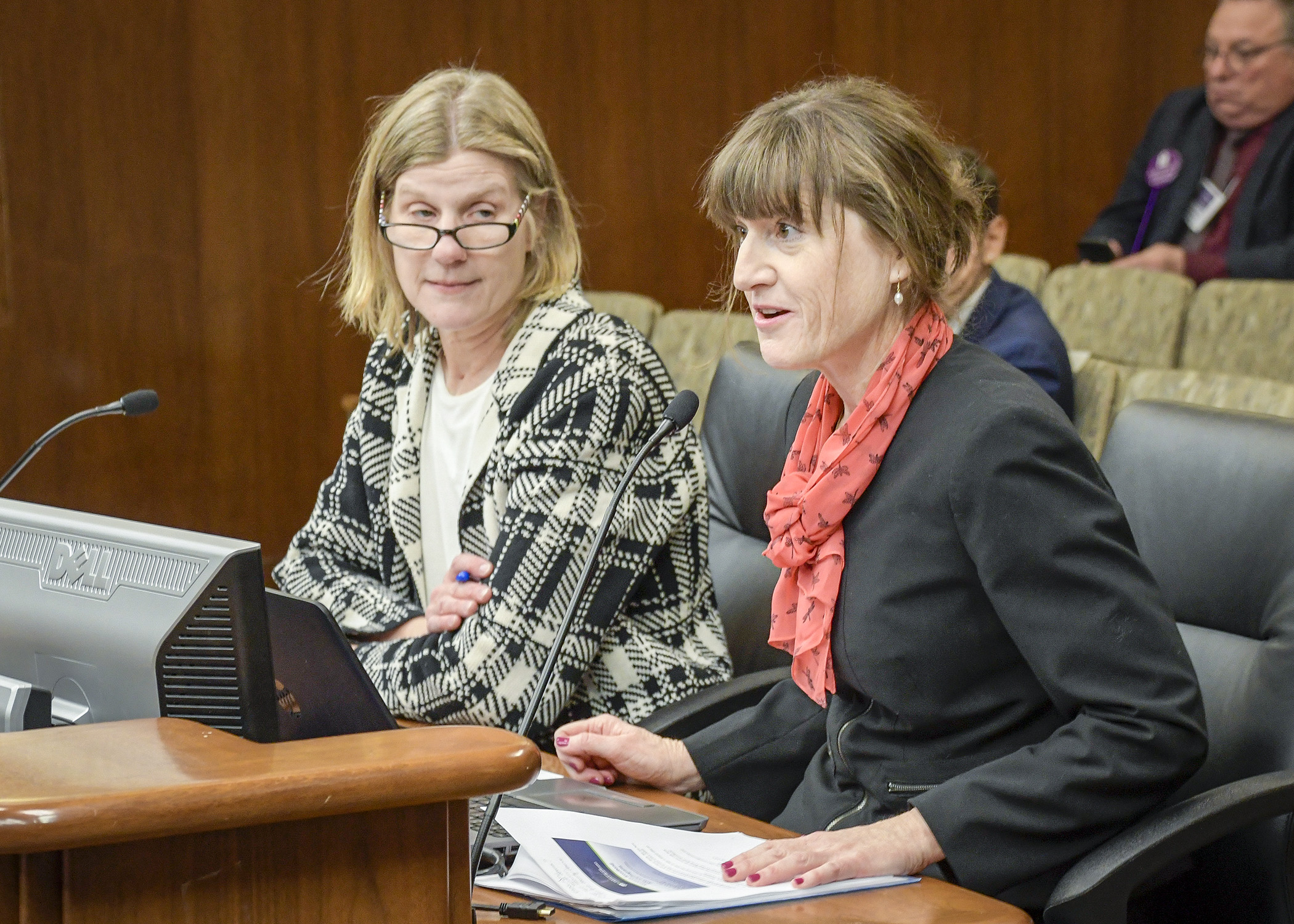Border-to-border broadband program could see $30 million annual boost

Over 92% of Minnesotans have access to broadband internet, however, providers say more funding is needed if the state wants to achieve its goal of providing every household and business with access by 2022.
The goal was set in 2014, in tandem with the creation of the Border-to-Border Broadband Development Grant Program. The Legislature has since appropriated $105.6 million for the program, including a $40 million appropriation last year for the 2020-21 biennium.
“Last year there was $20 million available for the grants, but there were approximately $79 million in applications, so we can see there’s plenty of work left to be done,” said Rep. Rob Ecklund (DFL-International Falls).
To help satisfy this unmet need, HF3029, sponsored by Ecklund, would provide $30 million in ongoing funding for the Border-to-Border Broadband Program beginning in Fiscal Year 2021.
The House Jobs and Economic Development Finance Division heard testimony in support of the bill but postponed action until financial targets are released. The companion, SF3049, awaits action by the Senate Agriculture, Rural Development and Housing Finance Committee. Sen. Rich Draheim (R-Madison Lake) is the sponsor.
The grant program provides funding to incentivize existing broadband providers to build infrastructure in areas of the state that are unserved and underserved. The grants are competitive and match up to 50% of the cost, which includes project planning, permits, construction and labor, installation, testing and engineering. In each year the grant program has been offered, applications have exceeded the available funding.
Angie Dickison, broadband develop manager, and Diane Wells, telecommunications manager, with the Office of Broadband, presented an overview on the state program. As a result of the grants:
- 43,250 households have been served;
- 6,669 businesses have been served;
- 360 institutions have been served;
- $146.5 million of matching funds have been contributed; and
- 80 projects have been completed.
However, there are still 152,000 households without access to services. Several providers testified in support of the bill, explaining the need for additional funding, particularly ongoing funding.
“While I don’t think the state will need to run a broadband grant program forever, funding both years of the biennium helps those of us who are building broadband into these hard-to-serve areas the ability to plan multiyear projects,” explained Bill Eckles, president of BEVCOMM.
Some division members, including Rep. Bob Gunther (R-Fairmont), asked what it will take to provide service to those in extremely rural areas, and if it makes financial sense to either the provider or potential customer to do it.
Rep. Ben Lien (DFL-Moorhead) suggested there may be alternatives to direct broadband connection that could be utilized. “Can wireless applications help this issue with very rural, not densely populated areas, get access to high speed internet?”
Dickison said the short answer is yes, “Our program is agnostic to technology type, as long as whatever the technology is, can deliver the minimum speeds required by our program.”
Related Articles
Search Session Daily
Advanced Search OptionsPriority Dailies
Speaker Emerita Melissa Hortman, husband killed in attack
By HPIS Staff House Speaker Emerita Melissa Hortman (DFL-Brooklyn Park) and her husband, Mark, were fatally shot in their home early Saturday morning.
Gov. Tim Walz announced the news dur...
House Speaker Emerita Melissa Hortman (DFL-Brooklyn Park) and her husband, Mark, were fatally shot in their home early Saturday morning.
Gov. Tim Walz announced the news dur...
Lawmakers deliver budget bills to governor's desk in one-day special session
By Mike Cook About that talk of needing all 21 hours left in a legislative day to complete a special session?
House members were more than up to the challenge Monday. Beginning at 10 a.m...
About that talk of needing all 21 hours left in a legislative day to complete a special session?
House members were more than up to the challenge Monday. Beginning at 10 a.m...